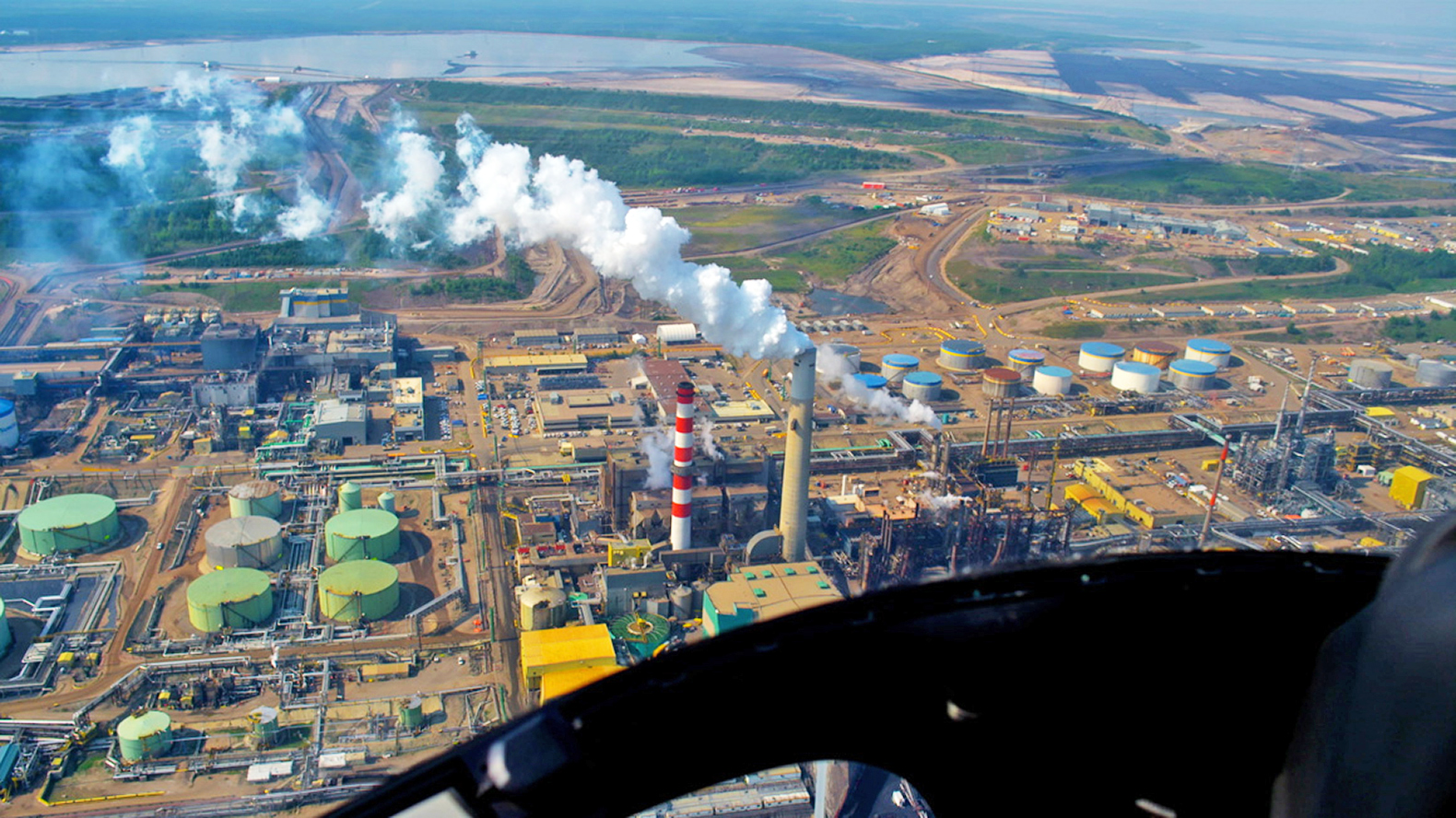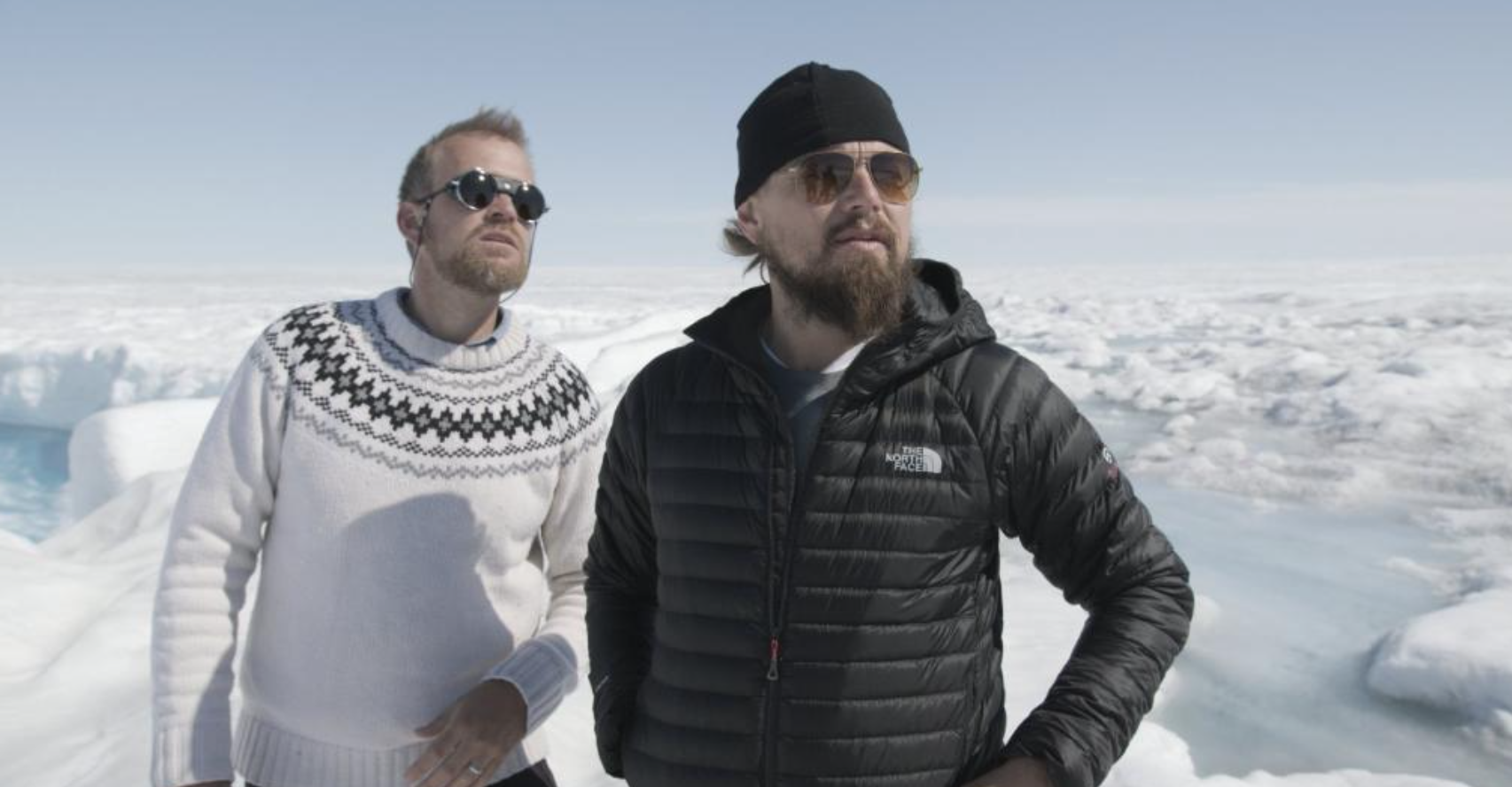Ten years after Davis Guggenheim’ documentary An Inconvenient Truth (2006), which aimed at raising awareness on climate change, National Geographic released its documentary Before the Flood. The documentary appears to gain as much international interest as its predecessor; it was aired globally on the National Geographic Channel on 31 October 2016, in 171 countries and 45 languages.
The documentary is directed by the Academy Award-winning filmmaker Fisher Stevens, and features the Academy Award-winning actor, environmental activist, and UN Messenger of Peace, Leonardo DiCaprio, traveling all over the globe to witness climate change firsthand. DiCaprio goes on expeditions with scientists and discusses the case with political leaders; during his investigations, he discovers a calculated disinformation campaign orchestrated by powerful special interests working to confuse the public about the critical truth of climate change that necessitates urgent action.
In his journey, DiCaprio visits the Great Canadian Oil Sands in Alberta, Canada, where Suncor Energy produces 350,000 gallons of synthetic crude oil, emitting greenhouse gases and wreaking havoc on local ecosystems. This spot symbolizes the extreme means of production used to sustain the global addiction to fossil fuels.

On the other hand, he visits the Gigawatt Factory at Nevada, USA, symbolizing the vision of a sustainable future of energy. It produces new cutting-edge batteries that can make our energy future completely sustainable, though still not cost competitive. To power the whole world, we would only need 100 of these factories.
DiCaprio visits various spots that suffer from climate change catastrophic impact; the melting glaciers in the Arctic Circle, for example, where rapid ice melts proves how quickly the climate is changing. If the area keeps losing its ice, this would disrupt weather patterns and make floods and droughts more catastrophic.

He goes on a submarine expedition to the dying coral reefs at the Bahamas, Caribbean. Biologist Jeremy Jackson explains that around one billion people depend on the fisheries from coral reefs for their diet and livelihoods, and these coastal systems are suffering from the massive amounts of carbon emissions absorbed by the oceans.

Similarly, the rainforests act as a sponge for carbon emissions; DiCaprio visits Sumatra, Indonesia, where farmers are intentionally setting fires in the rain forest to create palm oil plantations. This practice releases huge amounts of carbon into the atmosphere and threatens the most biodiverse places on Earth.
He also visits the sinking South Pacific islands, the populations of which are facing an uncertain future due to rising sea levels, and visits India where 300 million people are without power or light.
DiCaprio meets with eminent political figures; he visits the White House to discuss the matter with former President Barak Obama, the Climate Summit of Paris where he interviews former US Secretary of State John Kerry, and the Vatican where Pope Francis recently released an environmental encyclical, urging immediate action to stop global warming and protect the poor from the impacts of climate change.

In conclusion, “this documentary shows how interconnected the fate of all humanity is; but also the power we all possess as individuals to build a better future for our planet,” says DiCaprio.
References
www.beforetheflood.com/
channel.nationalgeographic.com
www.youtube.com/watch?v=6UGsRcxaSAI
www.youtube.com/watch?v=D9xFFyUOpXo